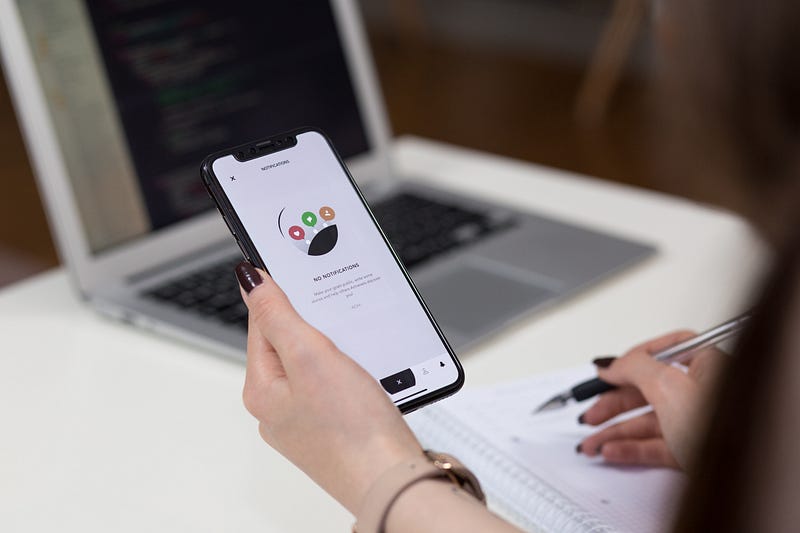The A/B Testing Guide: How to Design and Execute Experiments That Optimize Your Marketing Campaigns
The A/B Testing Guide: How to Design and Execute Experiments That Optimize Your Marketing Campaigns

A/B testing, also known as split testing, is a powerful tool that businesses can use to optimize their marketing campaigns. This technique involves comparing two versions of a marketing asset, such as a landing page or email, to determine which version performs better. By testing different elements, businesses can make data-driven decisions to improve their conversion rates and overall campaign performance.
Here are the key steps for designing and executing effective A/B tests:
- Determine the Goal of the Test:
Before starting an A/B test, it’s important to define the goal of the test. What do you want to achieve? Whether it’s improving click-through rates, increasing conversion rates, or reducing bounce rates, having a clear goal will help you design a test that’s focused on achieving that goal.
- Identify the Element to Test:
Next, identify the element that you want to test. This could be anything from the headline of a landing page to the subject line of an email. Make sure that the element you’re testing is relevant to the goal of the test.
- Create Variations of the Element:
Once you’ve identified the element to test, create two variations of it. For example, if you’re testing the headline of a landing page, create two different versions of the headline.
- Split Your Traffic:
Divide your audience into two groups and direct each group to one of the two variations. This can be done using a tool such as Google Optimize.
- Monitor Results:
Track the performance of each variation and determine which version performs better. Depending on the size of your audience, it may take a few days or even weeks to gather enough data to make a decision.
- Implement the Winning Variation:
Once you’ve determined which variation performs better, implement the winning variation and continue to monitor its performance.
Best Practices for A/B Testing:
- Test one element at a time to avoid confusion and ensure accurate results.
- Test each variation for a sufficient amount of time to gather reliable data.
- Use a large enough sample size to ensure that the results are statistically significant.
- Make sure the test is run for the same duration across all variations.
- Consider running multiple tests to improve overall campaign performance.
In conclusion, A/B testing is a powerful technique that can help businesses optimize their marketing campaigns. By defining clear goals, identifying the right elements to test, creating variations, splitting traffic, monitoring results, and implementing the winning variation, businesses can make data-driven decisions to improve their conversion rates and overall campaign performance. Following best practices can ensure that tests are executed effectively and yield accurate results.

Comments
Post a Comment